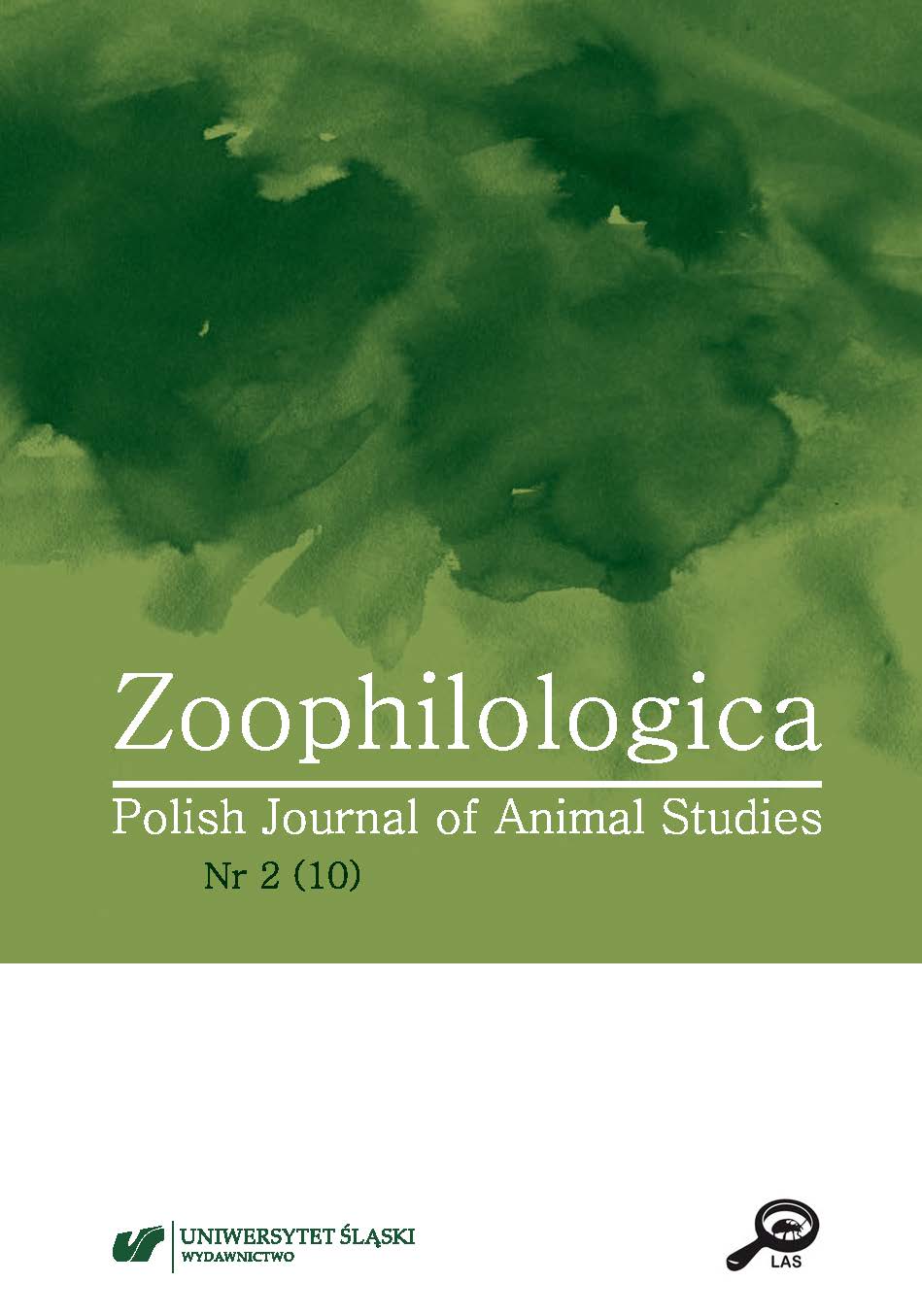Identification – Categorizing Living Creatures and Human Cultural Practices
Identification – Categorizing Living Creatures and Human Cultural Practices
Author(s): Hanna Mamzer, Jan Marcin WęsławskiSubject(s): Semiotics / Semiology, Applied Linguistics, Logic, Ethics / Practical Philosophy, Lexis, Cognitive linguistics, Philosophy of Mind, Cognitive Psychology, Demography and human biology, Human Ecology
Published by: Wydawnictwo Uniwersytetu Śląskiego
Keywords: biodiversity; species; protection; naming; identification
Summary/Abstract: A widely publicized IPBES report from 2019 warns that close to one million species currently on Earth will soon be extinct. In addition to debates in the media and among professionals about the factual value of that number, a larger problem remains—we do not know how many species are on Earth. According to extensive studies and statistical modelling, there are at least six million species in existence that have not yet been described. The term “described species” means that the animal or plant has received a unique scientific name that confirms its identity and relation to other organisms. A question thus remains about how we value species that are not yet named, known, or discovered. The most common practice is to value only creatures that are directly related to human existence, yet there is growing concern that we should value animals for the sake of their existence, for their intrinsic value. In this respect, the anthropocentric concepts of “pest” and “invasive species” need to be re-considered.
Journal: ZOOPHILOLOGICA. Polish Journal of Animal Studies
- Issue Year: 2/2022
- Issue No: 10
- Page Range: 1-12
- Page Count: 12
- Language: English

